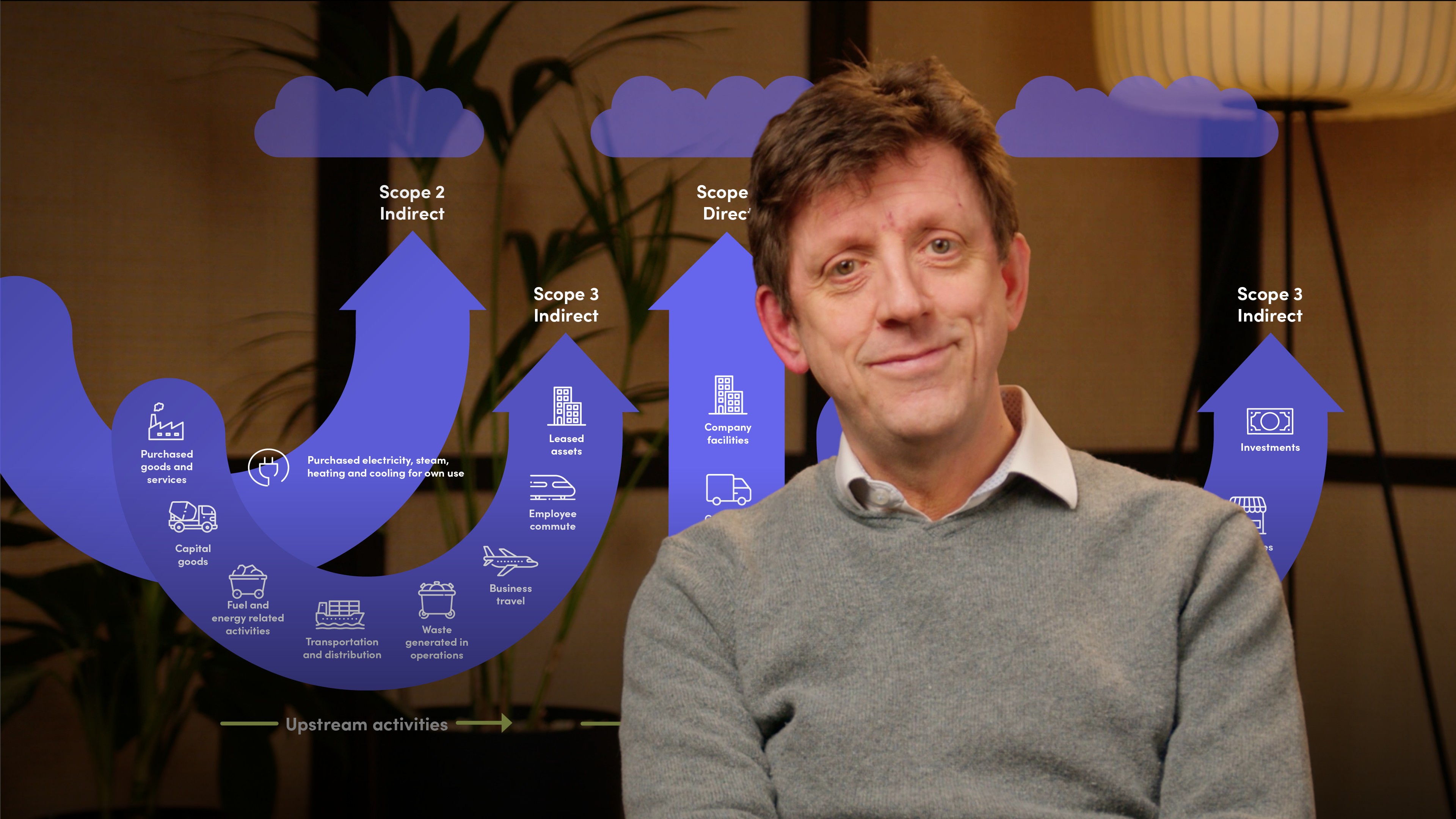
Introduction to ESG Financial Markets II

Lindsey Matthews
30 years: Risk management & derivatives trading
In this video, Lindsey explains the world of climate-conscious investing. Discovers the importance of understanding climate risks and opportunities, and how they're shaping investment strategies in response to the Paris Agreement. He further explains how emissions reporting enhances transparency and empowers both investors and companies to make informed decisions.
In this video, Lindsey explains the world of climate-conscious investing. Discovers the importance of understanding climate risks and opportunities, and how they're shaping investment strategies in response to the Paris Agreement. He further explains how emissions reporting enhances transparency and empowers both investors and companies to make informed decisions.
Subscribe to watch
Access this and all of the content on our platform by signing up for a 7-day free trial.

Introduction to ESG Financial Markets II
16 mins 28 secs
Key learning objectives:
Understand various climate risks and opportunities and how they are identified
Outline the purpose of emissions reporting
Understand the drive to net zero
Outline the growing range of new ESG financial products
Understand the role of ESG indices, benchmarks and ETFs in ESG investing
Overview:
The Paris Agreement, a landmark international treaty, targets global warming to be contained well below 2°C above pre-industrial levels, requiring a peak in greenhouse gas emissions before 2025 and a 43% decline by 2030. In response to this, investors are now reframing their strategies to factor in both risks and opportunities associated with climate change, assessing the physical changes and regulatory transitions that could affect their portfolios, measuring the effects through the likes of scenario analysis. Emissions reporting, advanced by organisations like the TCFD, is now essential for investors to gauge the climate impact of different companies. These entities, including investors themselves, are increasingly setting net zero emissions targets, fostering innovative CO2 reduction strategies and technology development. This strategic shift underscores the integration of ESG factors into traditional investment decisions, leading us towards a future where investments inherently takes account of ESG factors, rather than being a separate consideration.
Subscribe to watch
Access this and all of the content on our platform by signing up for a 7-day free trial.
Subscribe to watch
Access this and all of the content on our platform by signing up for a 7-day free trial.

Lindsey Matthews
There are no available Videos from "Lindsey Matthews"






















